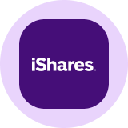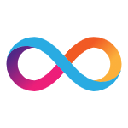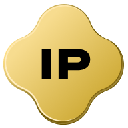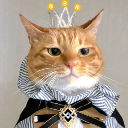-
 bitcoin
bitcoin $115692.075601 USD
5.13% -
 ethereum
ethereum $4162.931611 USD
11.68% -
 bnb
bnb $1310.063287 USD
17.56% -
 tether
tether $1.000983 USD
0.00% -
 xrp
xrp $2.534505 USD
8.16% -
 solana
solana $198.235737 USD
13.49% -
 usd-coin
usd-coin $1.000236 USD
0.02% -
 dogecoin
dogecoin $0.207352 USD
12.89% -
 tron
tron $0.323043 USD
3.62% -
 cardano
cardano $0.701559 USD
11.88% -
 hyperliquid
hyperliquid $39.924597 USD
8.30% -
 chainlink
chainlink $18.934457 USD
11.56% -
 ethena-usde
ethena-usde $1.000552 USD
0.02% -
 stellar
stellar $0.340575 USD
7.05% -
 bitcoin-cash
bitcoin-cash $545.011757 USD
8.86%
How to analyze the TRIX indicator on the weekly chart? Is the weekly golden cross more effective than the daily chart?
The TRIX indicator, useful for trend analysis on weekly charts, helps traders identify potential reversals in the crypto market through crossovers and divergences.
May 22, 2025 at 05:22 am
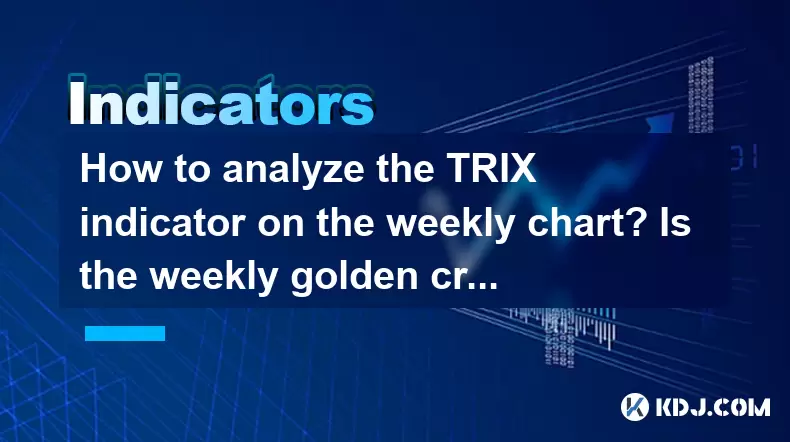
The TRIX indicator, a momentum oscillator, is a valuable tool for traders looking to identify trends and potential reversals in the cryptocurrency market. Analyzing the TRIX on a weekly chart can provide insights into longer-term trends, making it an essential component of a trader's toolkit. In this article, we will delve into the specifics of how to analyze the TRIX indicator on a weekly chart and compare the effectiveness of a weekly golden cross to that of a daily chart.
Understanding the TRIX Indicator
The TRIX indicator, short for Triple Exponential Average, is designed to filter out insignificant price movements and focus on the main trend. The TRIX is calculated by applying a triple-smoothed exponential moving average (EMA) to the closing prices of an asset. This triple smoothing makes the TRIX less sensitive to short-term fluctuations and more responsive to longer-term trends.
To use the TRIX effectively, traders look for crossovers of the TRIX line with its signal line. A bullish signal is generated when the TRIX line crosses above its signal line, indicating potential upward momentum. Conversely, a bearish signal occurs when the TRIX line crosses below the signal line, suggesting potential downward momentum. Additionally, traders may look for divergences between the TRIX and price action as an indication of potential trend reversals.
Setting Up the TRIX Indicator on a Weekly Chart
To begin analyzing the TRIX indicator on a weekly chart, follow these steps:
- Select your trading platform: Ensure that your chosen platform supports the TRIX indicator. Popular platforms like TradingView and MetaTrader offer this tool.
- Choose the asset: Select the cryptocurrency you wish to analyze. For example, Bitcoin (BTC) or Ethereum (ETH).
- Switch to the weekly chart: Navigate to the weekly timeframe on your chart. This can usually be done by selecting 'W1' or '1W' from the time frame options.
- Add the TRIX indicator: Locate the TRIX indicator in your platform's indicator menu and apply it to the chart. You may need to adjust the default settings, such as the period, to suit your trading strategy.
Analyzing the TRIX on a Weekly Chart
Once the TRIX indicator is set up on your weekly chart, you can begin your analysis. Here are the key aspects to focus on:
- Trend Identification: The TRIX can help you identify the overall trend of the cryptocurrency. A rising TRIX indicates a bullish trend, while a falling TRIX suggests a bearish trend. This information is crucial for making long-term investment decisions.
- Signal Line Crossovers: Pay close attention to the crossovers between the TRIX line and its signal line. A bullish crossover (TRIX line crossing above the signal line) can be a buy signal, while a bearish crossover (TRIX line crossing below the signal line) can be a sell signal. These signals are more significant on a weekly chart due to the longer timeframe.
- Divergence: Look for divergences between the TRIX and the price action. If the price is making higher highs but the TRIX is making lower highs, it could indicate a bearish divergence and a potential trend reversal. Conversely, if the price is making lower lows but the TRIX is making higher lows, it could indicate a bullish divergence.
Comparing Weekly and Daily Golden Crosses
A golden cross occurs when a short-term moving average crosses above a long-term moving average, often signaling a bullish trend. The effectiveness of a golden cross can vary depending on the timeframe used. Let's compare the weekly and daily golden crosses:
- Weekly Golden Cross: A golden cross on a weekly chart is generally considered more significant than one on a daily chart. This is because the weekly chart reflects longer-term trends and is less susceptible to short-term market noise. A weekly golden cross can signal a more sustained bullish trend, making it a valuable tool for long-term investors.
- Daily Golden Cross: A golden cross on a daily chart can provide more frequent signals but may be more prone to false positives due to short-term market fluctuations. Daily golden crosses are useful for short-term traders looking to capitalize on quick market movements.
Practical Example: Analyzing Bitcoin's Weekly TRIX
Let's apply the TRIX analysis to Bitcoin's weekly chart to illustrate its effectiveness:
- Set up the chart: Open a weekly chart of Bitcoin on your trading platform and apply the TRIX indicator with a period of 18, which is a commonly used setting.
- Identify the trend: Observe the direction of the TRIX line. If it's trending upward, Bitcoin is likely in a bullish phase. If it's trending downward, it's likely in a bearish phase.
- Watch for crossovers: Look for instances where the TRIX line crosses its signal line. For example, if the TRIX line crosses above the signal line in late 2020, it could have been a signal to buy Bitcoin.
- Check for divergences: Compare the TRIX's movements with Bitcoin's price action. If Bitcoin's price reaches a new high but the TRIX does not, it might indicate a bearish divergence and a potential price drop.
Using the Weekly Golden Cross for Trading Decisions
The weekly golden cross can be a powerful tool for making trading decisions. Here's how to use it effectively:
- Identify the moving averages: Use a 50-week EMA and a 200-week EMA on your weekly chart.
- Watch for the crossover: A golden cross occurs when the 50-week EMA crosses above the 200-week EMA. This can be a strong bullish signal.
- Confirm with other indicators: Use the TRIX and other indicators to confirm the bullish signal. For example, if the TRIX is also showing a bullish crossover, it can add confidence to your trading decision.
- Execute the trade: Once the golden cross is confirmed, consider entering a long position on Bitcoin or other cryptocurrencies.
FAQs
Q: Can the TRIX indicator be used effectively on shorter timeframes like the hourly chart?A: Yes, the TRIX indicator can be used on shorter timeframes like the hourly chart, but it will be more sensitive to short-term price movements. Traders using the TRIX on an hourly chart should be aware of increased volatility and potential false signals.
Q: How does the TRIX indicator compare to other momentum oscillators like the RSI or MACD?A: The TRIX, RSI, and MACD are all momentum oscillators, but they have different strengths. The TRIX is particularly useful for identifying longer-term trends due to its triple smoothing. The RSI is better suited for identifying overbought and oversold conditions, while the MACD can provide more frequent trading signals but may be more susceptible to short-term noise.
Q: Is it necessary to use other indicators alongside the TRIX on a weekly chart?A: While the TRIX can be effective on its own, using it in conjunction with other indicators can provide a more comprehensive analysis. For example, combining the TRIX with moving averages or volume indicators can help confirm signals and reduce the likelihood of false positives.
Q: How can I adjust the TRIX settings to better suit my trading strategy?A: The default period for the TRIX is often set to 18, but you can adjust this to suit your trading strategy. A shorter period will make the TRIX more sensitive to price changes, while a longer period will make it smoother and more focused on longer-term trends. Experiment with different settings to find what works best for your specific needs.
Disclaimer:info@kdj.com
The information provided is not trading advice. kdj.com does not assume any responsibility for any investments made based on the information provided in this article. Cryptocurrencies are highly volatile and it is highly recommended that you invest with caution after thorough research!
If you believe that the content used on this website infringes your copyright, please contact us immediately (info@kdj.com) and we will delete it promptly.
- XRP Price Prediction: Weekend Rollercoaster or Rally?
- 2025-10-12 08:45:16
- Bittensor (TAO): Super Bullish Signals Point to Potential 2x Rally
- 2025-10-11 10:25:12
- Silver Price Correction: Navigating the Dip & Identifying Key SEO Keywords
- 2025-10-11 10:25:12
- Decoding Crypto Trends: Bittensor's Bull Run, Cardano's Dip, and LivLive's Presale Buzz in 'Uptober 2025'
- 2025-10-12 08:45:16
- MoonBull: The Crypto Meme Coin Promising 1000x Gains?
- 2025-10-11 10:30:01
- Crypto Payroll Revolution: Stablecoins, Altcoins, and the Future of Salary Payments
- 2025-10-11 10:30:01
Related knowledge

What's the main difference between VWAP and TWAP?
Oct 12,2025 at 11:54am
Understanding VWAP and Its Role in Crypto Trading1. Volume Weighted Average Price (VWAP) is a trading benchmark that calculates the average price of a...

How do you identify exhaustion moves using VWAP and its bands?
Oct 12,2025 at 08:00am
Understanding the Role of Decentralized Exchanges in Crypto Trading1. Decentralized exchanges (DEXs) operate without a central authority, allowing use...

What are the main advantages of using VWAP over EMA?
Oct 11,2025 at 02:18am
Main Advantages of Using VWAP Over EMA1. Volume-Weighted Average Price (VWAP) incorporates trading volume into its calculation, offering a more accura...

How do you use VWAP on different chart types like Heikin Ashi?
Oct 11,2025 at 05:01pm
Understanding VWAP in the Context of Heikin Ashi Charts1. The Volume Weighted Average Price (VWAP) is a powerful analytical tool commonly used by trad...
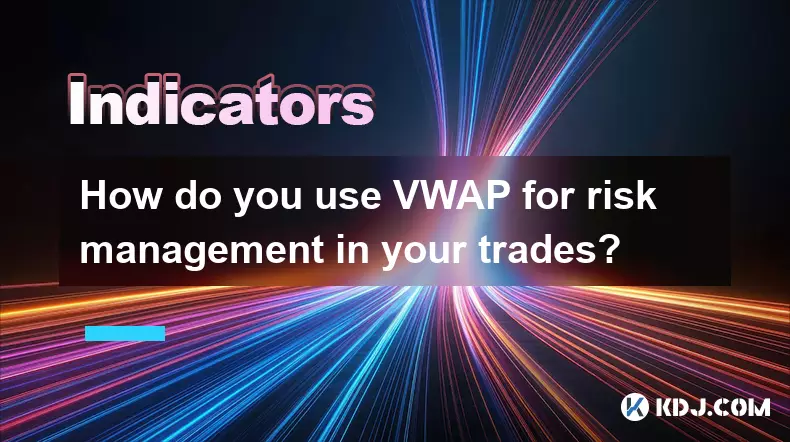
How do you use VWAP for risk management in your trades?
Oct 11,2025 at 02:54am
Understanding VWAP as a Dynamic Benchmark1. The Volume Weighted Average Price (VWAP) serves as a crucial reference point in intraday trading by reflec...
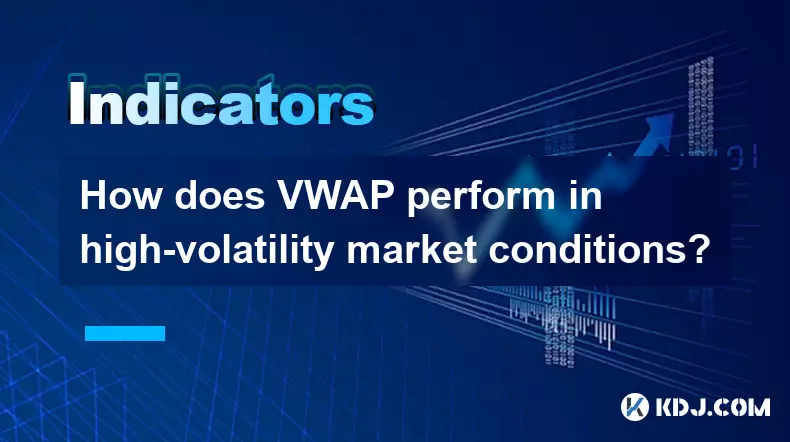
How does VWAP perform in high-volatility market conditions?
Oct 10,2025 at 08:00pm
Understanding VWAP in Turbulent Market Phases1. Volume-Weighted Average Price (VWAP) serves as a benchmark for institutional traders aiming to assess ...

What's the main difference between VWAP and TWAP?
Oct 12,2025 at 11:54am
Understanding VWAP and Its Role in Crypto Trading1. Volume Weighted Average Price (VWAP) is a trading benchmark that calculates the average price of a...

How do you identify exhaustion moves using VWAP and its bands?
Oct 12,2025 at 08:00am
Understanding the Role of Decentralized Exchanges in Crypto Trading1. Decentralized exchanges (DEXs) operate without a central authority, allowing use...

What are the main advantages of using VWAP over EMA?
Oct 11,2025 at 02:18am
Main Advantages of Using VWAP Over EMA1. Volume-Weighted Average Price (VWAP) incorporates trading volume into its calculation, offering a more accura...

How do you use VWAP on different chart types like Heikin Ashi?
Oct 11,2025 at 05:01pm
Understanding VWAP in the Context of Heikin Ashi Charts1. The Volume Weighted Average Price (VWAP) is a powerful analytical tool commonly used by trad...

How do you use VWAP for risk management in your trades?
Oct 11,2025 at 02:54am
Understanding VWAP as a Dynamic Benchmark1. The Volume Weighted Average Price (VWAP) serves as a crucial reference point in intraday trading by reflec...

How does VWAP perform in high-volatility market conditions?
Oct 10,2025 at 08:00pm
Understanding VWAP in Turbulent Market Phases1. Volume-Weighted Average Price (VWAP) serves as a benchmark for institutional traders aiming to assess ...
See all articles
















